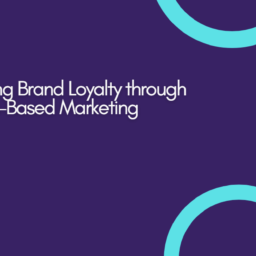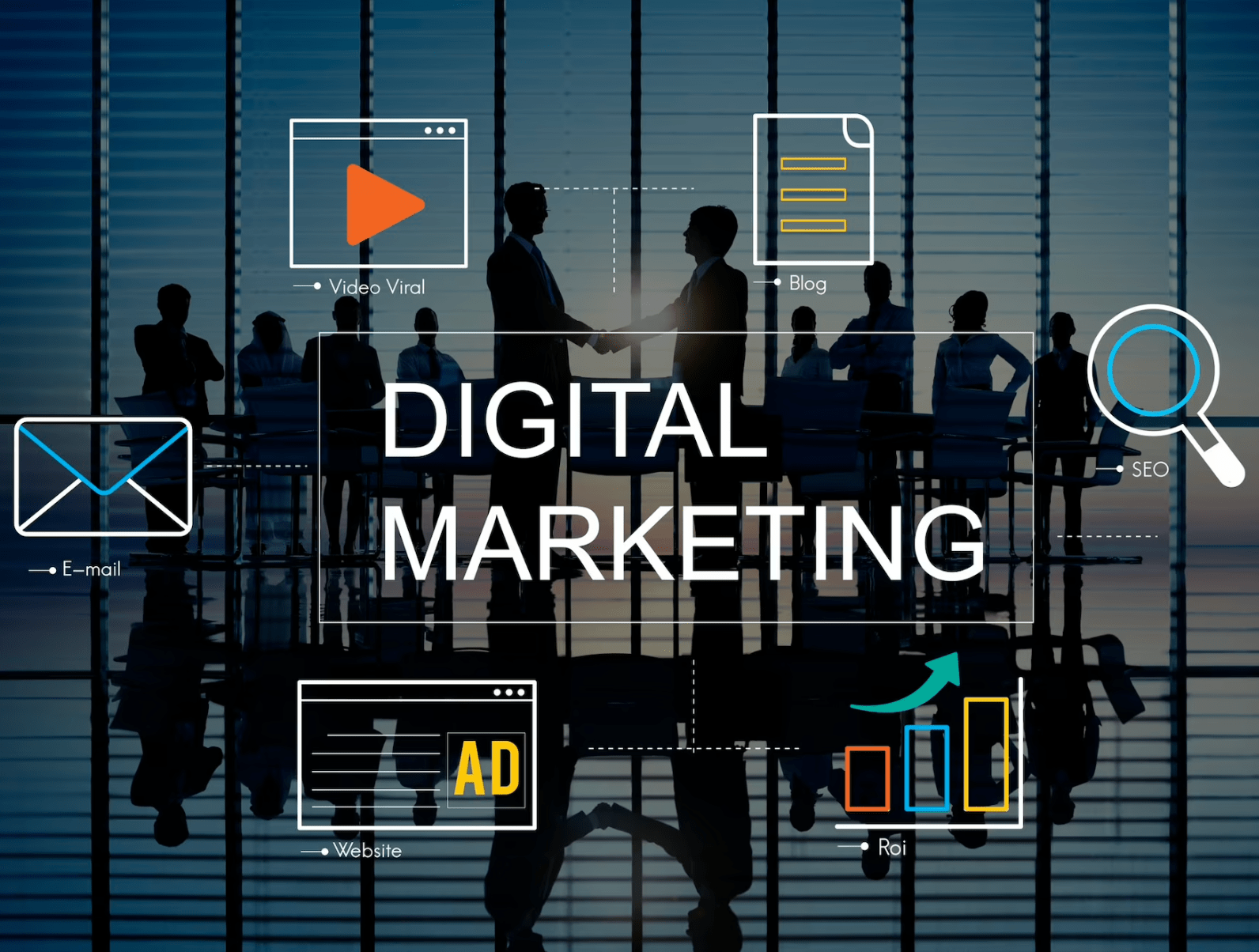In today’s highly connected world, businesses often prioritize digital channels, but offline marketing remains a powerful tool. Combining online and offline marketing creates a holistic approach that maximizes reach, strengthens brand messaging, and drives higher engagement. This integrated approach not only bridges the gap between digital and real-world experiences but also meets consumers at various touchpoints in their journey. Here’s how you can combine offline and online marketing for a powerful, cohesive strategy that delivers maximum impact.
1. Create a Unified Brand Experience Across All Channels
Consistency is key to building brand recognition and trust. Whether customers encounter your brand through a billboard, social media ad, or in-store experience, the messaging, visuals, and tone should be aligned. This doesn’t mean repeating the exact content but rather tailoring each touchpoint to fit the medium while maintaining core brand elements. A unified brand experience reinforces your identity and ensures customers recognize and remember your brand wherever they encounter it.
2. Use QR Codes to Bridge Offline and Online Experiences
QR codes are a simple but effective way to link physical and digital spaces. Place QR codes on print ads, product packaging, business cards, and in-store displays to lead customers directly to your website, social media pages, special offers, or product information. They enable customers to engage digitally with a brand in real-time, providing a seamless transition from the offline experience to the online world. For example, a QR code in a retail store could link to product reviews or a special discount on the brand’s website, enhancing the shopping experience.
3. Engage with Location-Based Advertising
Location-based advertising combines digital ads with real-world behavior to target customers based on their proximity to a physical location. For instance, when customers are near a retail store or event, targeted ads can offer exclusive discounts or invitations. Geo-targeted ads on platforms like Google and Facebook work particularly well for driving foot traffic and linking in-store promotions with online campaigns. This approach allows brands to capture customers’ attention right when they’re nearby and more likely to visit.
4. Integrate Social Media and Live Events
Live events—such as product launches, pop-ups, or sponsored community events—are excellent ways to generate brand awareness and excitement. These in-person experiences can be amplified through social media. For example, encourage attendees to share their experiences online by creating event-specific hashtags or sharing branded photo opportunities. Use live streaming on platforms like Instagram or Facebook Live to expand the event’s reach to online audiences who can’t attend in person, bridging the gap between physical and virtual experiences.
5. Offer Exclusive In-Store Digital Discounts
A great way to encourage foot traffic and online engagement simultaneously is by offering digital discounts exclusively available in-store. For example, a shopper in-store might be prompted to follow the brand on social media or scan a QR code to access a special promotion or discount code that they can use right then and there. This approach rewards in-person engagement while increasing online followings and creating a seamless blend of online and offline benefits.
6. Leverage Influencer and Brand Ambassadors in Offline Settings
While influencers are typically associated with online content, leveraging them for in-person events or collaborations can extend your brand’s reach. Invite influencers to attend or host events, and encourage them to share their offline experiences with their followers. This integration helps build credibility for the brand, as followers see the influencer interacting with your brand both online and offline. Additionally, ambassadors who engage with customers in person create memorable brand experiences that go beyond the screen.
7. Drive Offline Traffic with Digital Marketing
Digital campaigns can be powerful tools for driving foot traffic to physical stores. Use targeted social media and email marketing campaigns to promote in-store events, seasonal sales, or exclusive in-store products. For example, a retailer could launch a social media campaign promoting an upcoming holiday sale and provide an in-store-only coupon to encourage physical visits. By creating online content that directs traffic to physical locations, brands can leverage digital channels to boost in-store interactions.
8. Collect In-Store Customer Data for Online Personalization
Gathering in-store data—like purchase history, preferences, or email sign-ups—provides valuable insights into customer behavior. This data can then be used to personalize online marketing efforts. For instance, a loyalty program or survey completed in-store can provide data to create targeted digital campaigns, tailored recommendations, and personalized email offers. Collecting data from offline interactions allows businesses to create a more seamless and personalized experience when customers engage with the brand online.
9. Incorporate Digital Displays in Physical Spaces
Digital displays, such as interactive screens or video walls in stores, can create dynamic and engaging offline experiences that connect with online content. These displays can showcase social media feeds, video testimonials, product demos, or user-generated content to engage customers with your online presence while they’re in-store. Digital displays not only make the in-store experience more interactive but also serve as a bridge to your digital marketing, allowing customers to view live online content as they shop.
10. Use Retargeting to Reinforce Offline Experiences
After customers interact with your brand offline, reinforce their experience with online retargeting. If a customer visited your store or attended an event, retarget them with follow-up ads or emails that reference their recent visit. For example, a customer who attended a product launch event could receive an email with a discount code to purchase the featured product online. Retargeting helps remind customers of their recent experience and encourages them to continue engaging with your brand in the digital space.
Conclusion: Creating a Seamless Omni-Channel Experience
Integrating offline and online marketing allows businesses to reach customers wherever they are, creating a cohesive and engaging brand experience across all touchpoints. By using strategies like QR codes, location-based ads, and event integration, brands can create synergy between their physical and digital presence, meeting customers in both spaces and building lasting relationships. Combining these approaches can amplify brand reach, drive higher engagement, and ensure your marketing has a truly impactful presence across channels.




